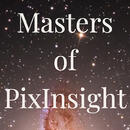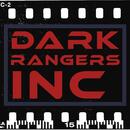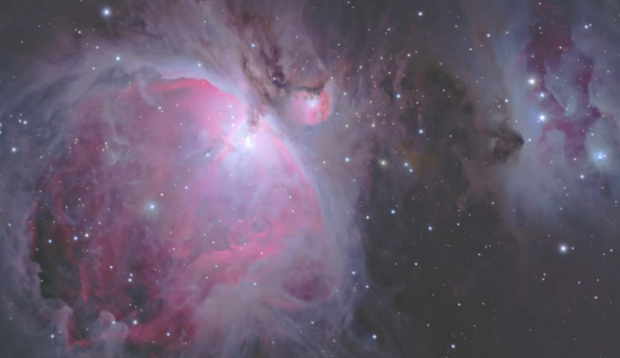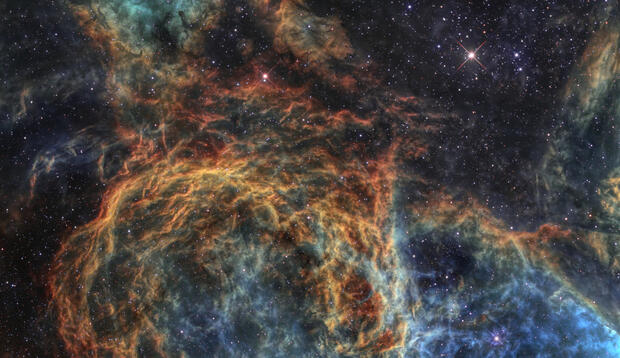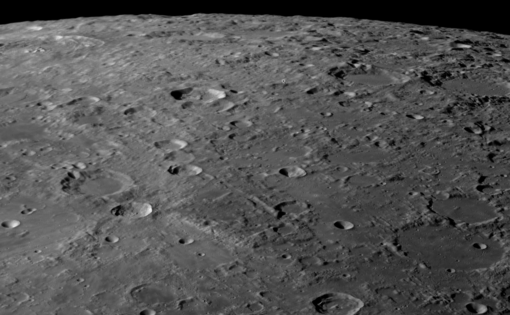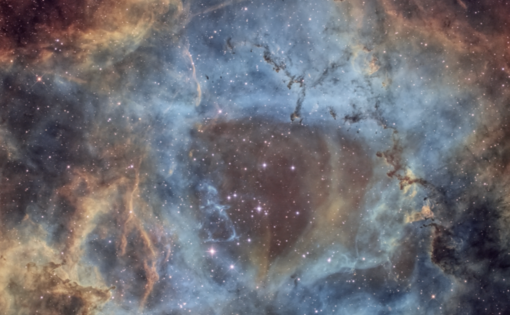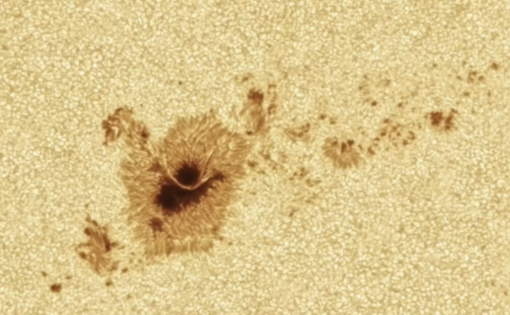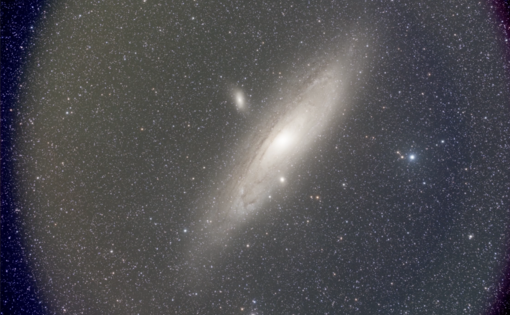Our tutors
Most Popular
All Tutorials
Lunar Image Editing Primer: Everything You Need to Know for Post-Processing Lunar Images
[ Premium ]
Lunar Image Editing Primer: Everything You Need to Know for Post-Processing Lunar Images
Processing lunar data involves a unique workflow compared to other types of planetary imaging. In this primer guide by the award-winning planetary imager Damian Peach, you'll be introduced to the basics of lunar imaging. This includes background information on how images are stacked for processing.
The tutorial's second part addresses the post-processing of stacked data. It will detail the crucial sharpening techniques in Registax, followed by enhancement in Photoshop with various tools.
Combining Datasets From Different Telescopes Using Astro Pixel Processor
Award-winning astrophotographer and Telescope Live Tutor Nik Szymanek brings you a useful workflow for creating interesting images. A common question is, "Can I combine datasets from different telescopes?" Nik will show you some of the use cases and methods to achieve this so you can better enhance certain features of your image.
This method can be particularly useful for galaxies, where you can utilize long focal lengths to gather details of a galaxy, and then a fast, shorter focal length refractor to capture faint surrounding features.
NASA APOD Winning Solar Post-Processing: Sunspot with Light Bridge
In this tutorial, award-winning solar astrophotographer Mark Johnston guides you through the steps he took to create his NASA APOD-winning image of a solar sunspot with a light bridge.
This tutorial will detail the specific steps Mark Johnston used to transform his solar data into an award-winning image. Mark will discuss three important pieces of software required for this achievement: ImPPG, Affinity Photo, and Topaz Denoise.
DISCLAIMER: Understanding the background of solar post-processing is crucial before attempting a more advanced tutorial like this. We offer a comprehensive guide to solar post-processing, including the necessary background information you need before starting. Look for the tutorial named “SOLAR IMAGE EDITING PRIMER”
Plate Solving and Photometric Color Calibration in Siril
In this two-part tutorial by Alexander Curry, he discusses the use of plate solving to calculate the field of view and target location based on the geometrical relationship between the stars within the image. Following this, Alex demonstrates how to use photometric color calibration (PCC) to correct the color balance of your image using the results from plate solving.
Part 1 of this tutorial covers the introduction to plate solving and configuring Siril with the star catalog files required for plate solving and PCC.
Part 2 discusses setting up plate solving necessary for running PCC. This section also explores various methods for determining the astrometric solution for your image, should you be solving "blind."





